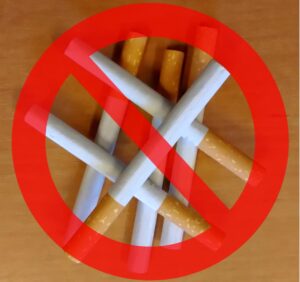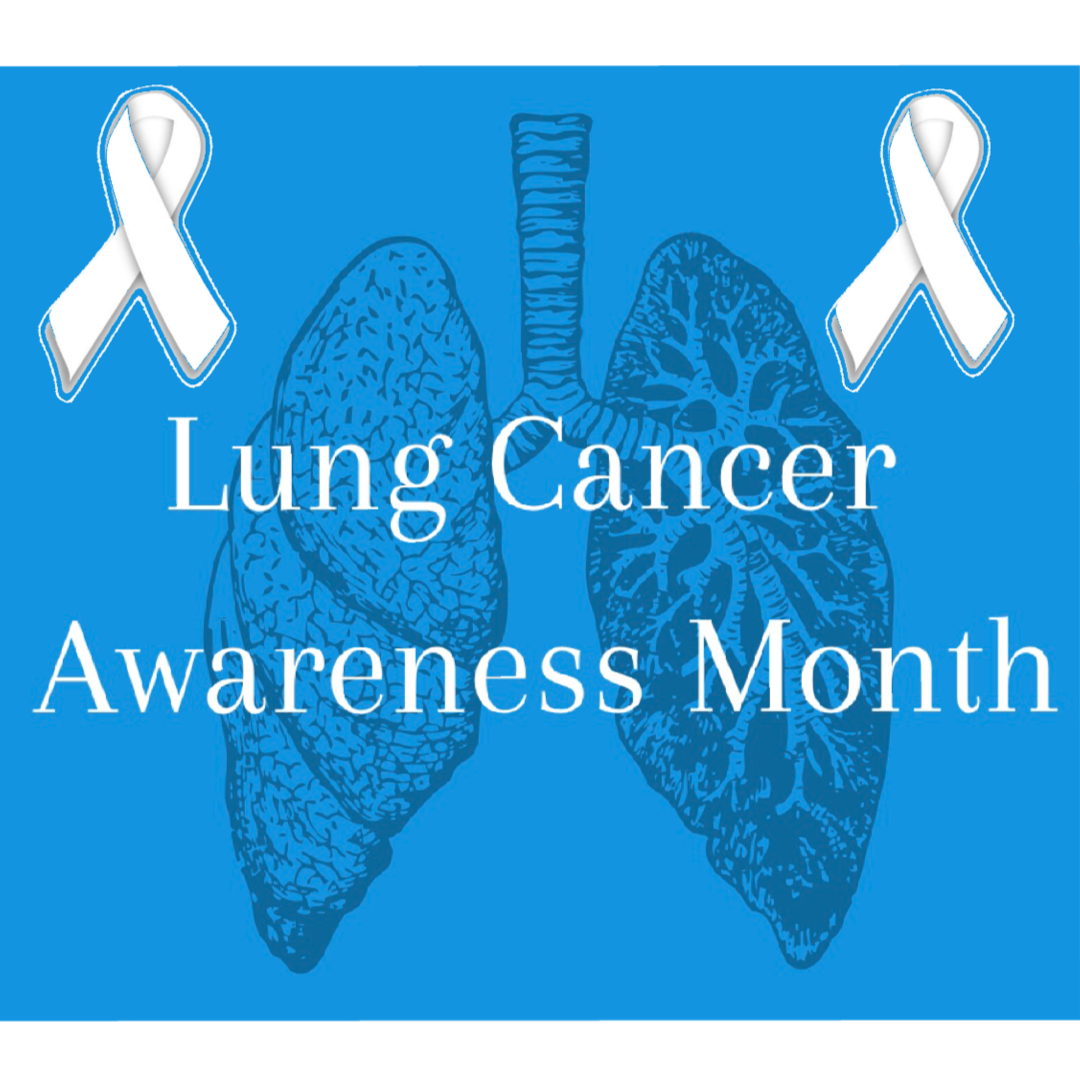According to the CDC, lung cancer is the leading cause of cancer death among women and men in the U.S. Each year, over 200,000 people in the United States are diagnosed with lung cancer and around 142,000 people die from the disease. Lung Cancer Awareness Month is an annual campaign to raise awareness about the impact of lung cancer.
What is Lung Cancer
Cancer is a disease in which malignant (cancer) cells form and grow out of control. When cancer develops first in the lungs, it’s called lung cancer.
Lung cancer starts in the lungs and can spread to lymph nodes or other organs in the body, such as the brain. Cancer cells that start in other organs can also spread to the lungs. When cancer cells spread from one organ to another, it’s called metastasis. When metastasis occurs, cancer cells can travel through the blood or lymphatic system to almost anywhere in the body including the lungs, and form new tumors.
There are two main types of lung cancer called small cell and non-small cell cancer (including squamous cell carcinoma and adenocarcinoma). There is also a third less common type of lung cancer called carcinoid. Each type of lung cancer grows differently and is treated in different ways.
Treatment of Lung Cancer
Treatment for lung cancer depends on the type of lung cancer and how far it has spread. The most common treatment options for lung cancer are:
- Chemotherapy – Special drugs used to shrink the size of cancer tumors.
- Surgery – An operation to remove the cancerous tissue.
- Radiation therapy – High-energy rays are used to kill cancer cells.
- Target therapy – This drug therapy is used to block the growth of cancer cells by targeting the proteins that control how cancer cells grow, divide, and spread.
What can I do to Lower My Risk

Don’t Smoke
The number one thing you can do to prevent lung cancer is to not start smoking, or if you do smoke, to quit smoking. Smoking can cause cancer. Smoking can also make it harder for your body to fight cancer. According to the CDC, nearly 9 out of 10 lung cancers are caused by smoking cigarettes.
Avoid Second Hand Smoke
Breathing in smoke from other people’s tobacco products like cigarettes, pipes, cigars, or hookahs is called secondhand smoke. Secondhand smoke has been shown to cause lung cancer in people who have never smoked.
It’s estimated that secondhand smoke exposure at work or home increases your risk of lung cancer by 20% to 30%.
Have Your Home Tested for Radon
Radon is a gas produced by the natural breakdown of uranium in soil, rock, and water that eventually becomes part of the air you breathe. Radon is thought to be the second leading cause of lung cancer in the U.S. You can’t see, smell, or taste radon, even if unsafe levels of radon gas accumulate in your home. Testing your home is the only way to determine if you have a radon problem. If you do, you can fix it to make your home safer.
What About Lung Screening?
An LDCT or low-dose CT scan is used for lung cancer screening for adults aged 50-80 years who have a 20-pack-year smoking history and smoke now or have quit in the past 15 yrs. If you are a smoker or use to be one, talk to your family doctor to see if lung cancer screening is right for you.
If you have concerns about your risk of lung cancer and would like to speak with one of our caring medical professionals, contact River Bend Medical Associates. As part of your medical team, we are here to provide you with the best care in all aspects of your healthcare needs. Our progressive, sensitive, and culturally diverse team is committed to delivering compassionate family health care and promoting the well-being of our patients, employees, and the communities we serve. For more information on our medical practice, or to make an appointment contact River Bend Medical Associates, or call 916-392-4000.


